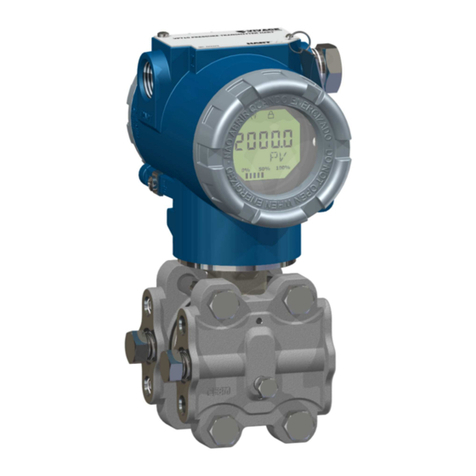
4
Content
1. Document information ·············································································· 05
1.1 Document function ··················································································· 05
1.2 Chart ············································································································ 05
1.3 Electric chart ······························································································ 05
2. Basic safety instruction ·············································································· 06
2.1 Personnel requirement ············································································ 06
2.2 Misuse ········································································································· 06
2.3 Safety of working location ····································································· 06
2.4 Operational safety ··················································································· 06
2.5 Dangerous zone ······················································································· 07
2.6 Product safety ·························································································· 07
2.7 Functional safety (optional) ··································································· 07
3. Product performance description ·························································· 08
3.1Characteristics ····························································································· 08
3.2 Dimension Þgure ······················································································ 10
4. Installation ···································································································· 12
4.1Conventional installation instruction ····················································· 12
4.2 On-site installation ··················································································· 12
4.3 Installation location ·················································································· 13
4.4 Installation in dangerous places ··························································· 13
4.5 Notes for using explosive-proof transmitter ····································· 14
4.6 Measurement method ············································································ 15
5.Wiring ············································································································· 17
5.1 Wiring device ····························································································· 17
5.2 Wiring method ························································································· 17
6. Debugging ··································································································· 19
6.1 Local three-button debugging ······························································ 19
7.Maintenance and troubleshooting of transmitter ······························· 21
7.1 Instrument maintenance ········································································· 21
7.2 Troubleshooting ························································································ 21
7.3 Display of error code ··············································································· 22
Monocrystalline Silicon High Stability Transmitter





























